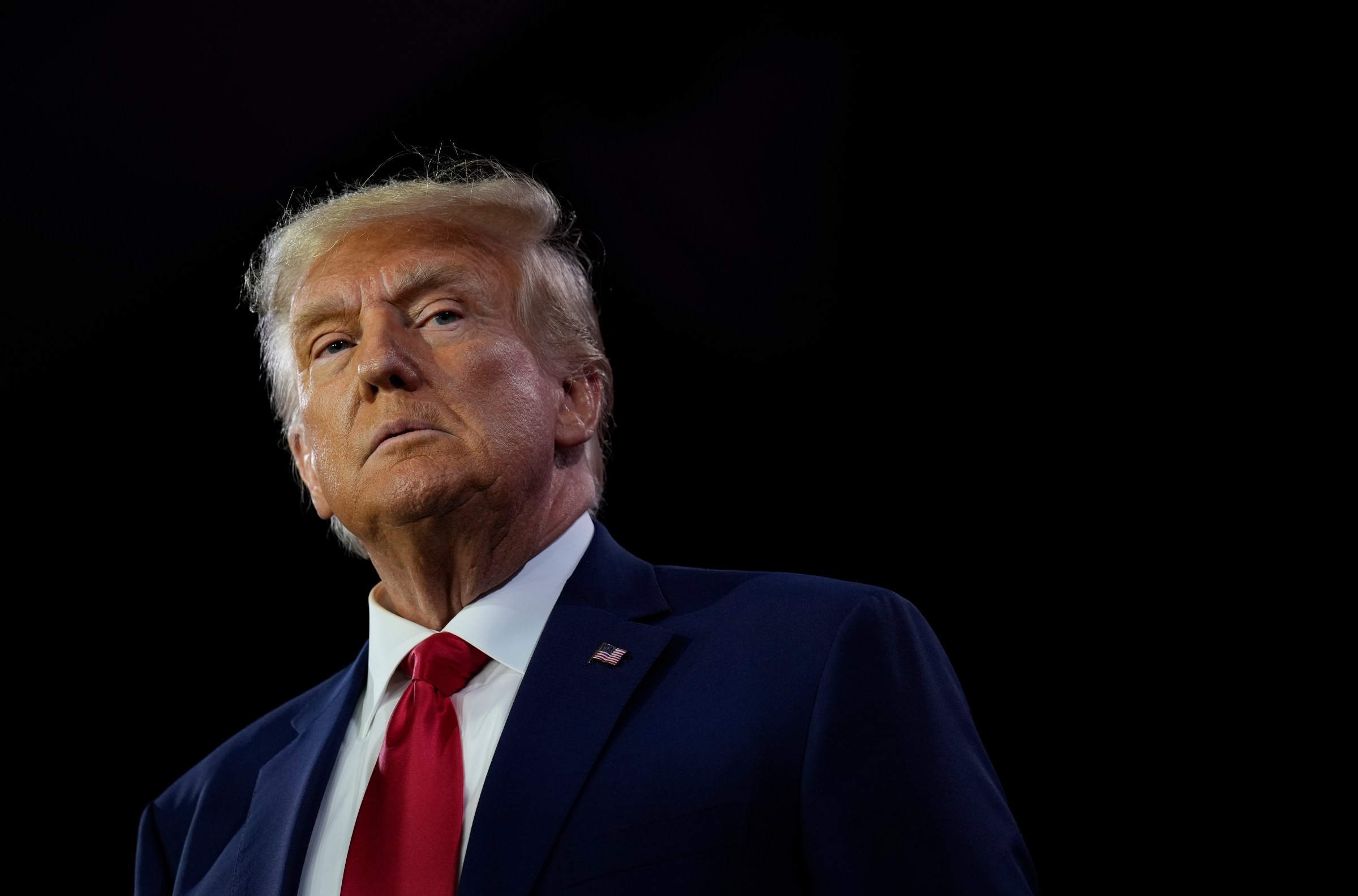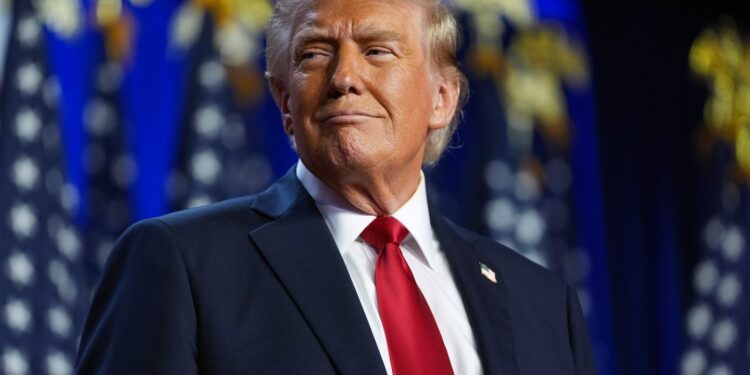With just three days left before the July 9 deadline set by President Donald Trump, trade representatives from the United States and Europe have still not reached full agreement, continuing discussions on a minimal trade pact that could delay a final decision on their most challenging trade disagreements.
This potential agreement would help prevent European products from being hit with the 50 percent import duties Trump has been threatening. It is also one of only a few such arrangements the Trump administration is aiming to complete before Wednesday arrives.

Even though a deal might happen, what is expected from Europe is not expected to be wide-ranging. What stands out most is Trump’s refusal to follow the global trade rules that American policymakers once played a major role in creating. This shows a new direction compared to how the U.S. handled trade for many years.
The U.S. and Europe used to be partners when it came to defending the World Trade Organization’s set of trade standards. But during recent talks, both sides found it difficult to get past major disagreements on how to manage disputes, handle the global economy, and deal with the growing economic influence of China.
A New Trade Direction for the United States
A senior official from the European Commission, who asked not to be named in order to speak freely, said, “We think this is economic madness on the part of the Trump administration. We don’t believe it helps the U.S. economy.
We don’t believe it helps the E.U. economy. We don’t believe it helps wider global supply chains or the whole global economy.”
Trump shared on Sunday that he planned to finish discussions around his tariff proposals by Wednesday, whether through agreements or through independent announcements of new tariff levels. Any such tariffs would begin on August 1.






















